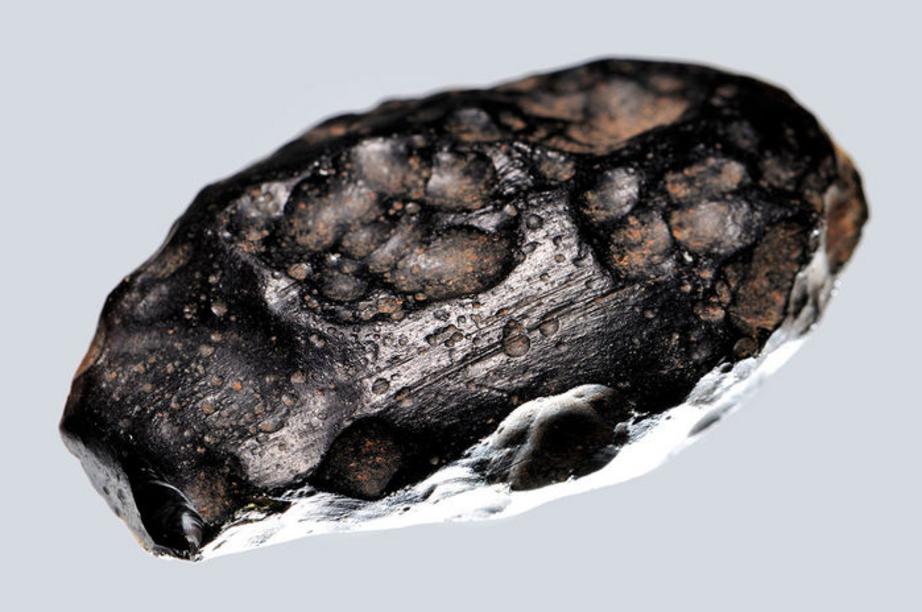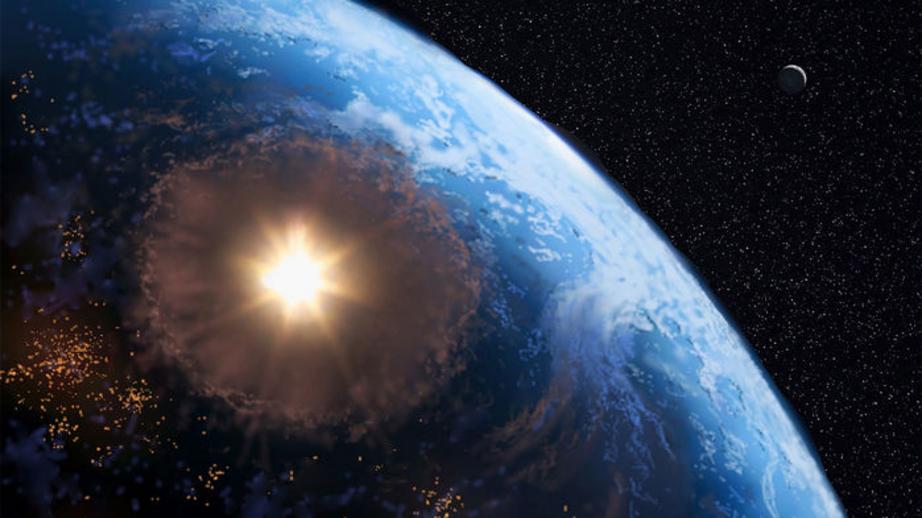Glassy debris points to relatively recent asteroid impact in southeast Asia
A kilometer-size asteroid slammed into Earth about 800,000 years ago with so much force that it scattered debris across a 10th of our planet’s surface. Yet its impact crater remains undiscovered. Now, glassy remains believed to have come from the strike suggest the asteroid hit southeast Asia as our close ancestors walked the Earth.
“This impact event is the youngest of this size during human evolution with likely worldwide effects,” says Mario Trieloff, a geochemist at the University of Heidelberg in Germany not involved in the research. Large impacts can disrupt Earth’s climate by spewing dirt and soot high into the atmosphere, where it can block sunlight for months or even years.
Putative remains from this impact have been found before. Researchers have recovered chunks of glassy debris known as tektites across Asia, Australia, and Antarctica, and their distribution pattern suggests the asteroid struck Southeast Asia: The largest tektites—weighing more than 20 kilograms and presumably ejected the shortest distances from the impact—have been found there.
To try to confirm this hypothesis, Aaron Cavosie, an astrobiologist and geochemist at Curtin University in Perth, Australia, and his colleagues examined the chemical composition of three tektites from Thailand. They searched for evidence of reidite, a rare mineral formed only by extreme pressures and temperatures, like those of an asteroid impact. But the team had to infer that reidite had existed: It disappears just seconds after it forms and transforms into zircon, a mineral common in Earth’s crust.

A tektite, a piece of glassy debris created during a large impact. PjrStudio/Alamy Stock Photo
The scientists studied tiny crystals of zircon in the tektites and looked at their geometrical orientation. They found that the crystals, each about half the width of a human hair, exhibited three different orientations intersecting at roughly right angles, consistent with laboratory and theoretical results that show how zircon transforms into reidite and then back into zircon. On the other hand, zircon crystals that have never converted to reidite tend to all be oriented in one direction.
The former presence of reidite in these tektites means that they were exposed to crushing pressures and searing temperatures, Cavosie and his team concluded. This discovery, paired with the generally large masses of tektites found in Thailand, is consistent with the impact occurring somewhere in Southeast Asia, the team reports in Geology. Other researchers have found evidence of a high-pressure version of quartz in some tektites, but reidite is a better tracer of a nearby impact, Cavosie and his team argue. “Reidite requires substantially higher shock pressures to form,” Cavosie says.
The mystery of the missing crater isn’t solved yet, however, says Billy Glass, an emeritus professor of geology at the University of Delaware in Newark not involved in the research. “[The researchers] can’t narrow down the source crater based only on samples from one location,” he said. “They need to study samples from over all of Southeast Asia.”
Cavosie and his team plan to examine more tektites from the strewn field in the future. They’re puzzled why a crater that’s both presumably large and geologically young—meaning it hasn’t been exposed to much erosion due to rain and wind—hasn’t been found. The crater, if discovered, could also shed light on how the impact affected life nearby. “Our not-too-distant ancestors witnessed this impact,” Cavosie says. “They might have been dragging their knuckles, but an event like the formation of a 50- to 100-kilometer-diameter impact is sure to have gotten their attention.”

